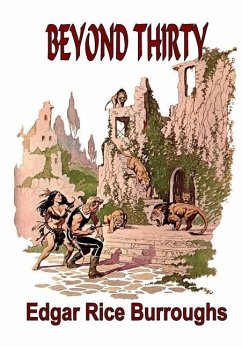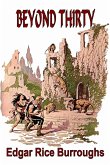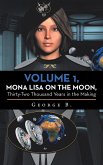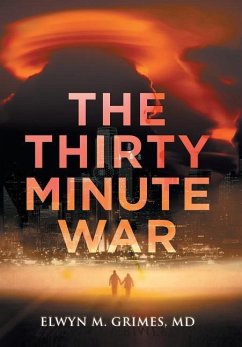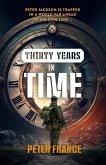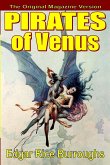The West, now known as Pan-America, under a single government, had closed it ocean's borders at 30 degree W and 175 degree W. Between those was peace, beyond was unknown and it was the death penalty to cross over them. Through treachery of one of his officers, Commander Jefferson Turck and three of his comrades were left adrift beyond 30. What adventures awaited them in Great Britain and Continental Europe? NOTE: "Beyond Thirty" was first published in All Around Magazine for February 1916. It next appeared as a 2-part serial in the Boston Daily Globe on January 13 and 20, 1929. The first hardcover edition was published by Fantasy Press in 1955 in an edited and condensed version. In 1957, another edited and condensed version taken from the 1955 version was published by Science-Fiction & Fantasy Publications. This version of the book contains the most complete version available--containing the complete original magazine text and the newspaper text. An appendix explains what changes were made to create this expanded version of the book.

